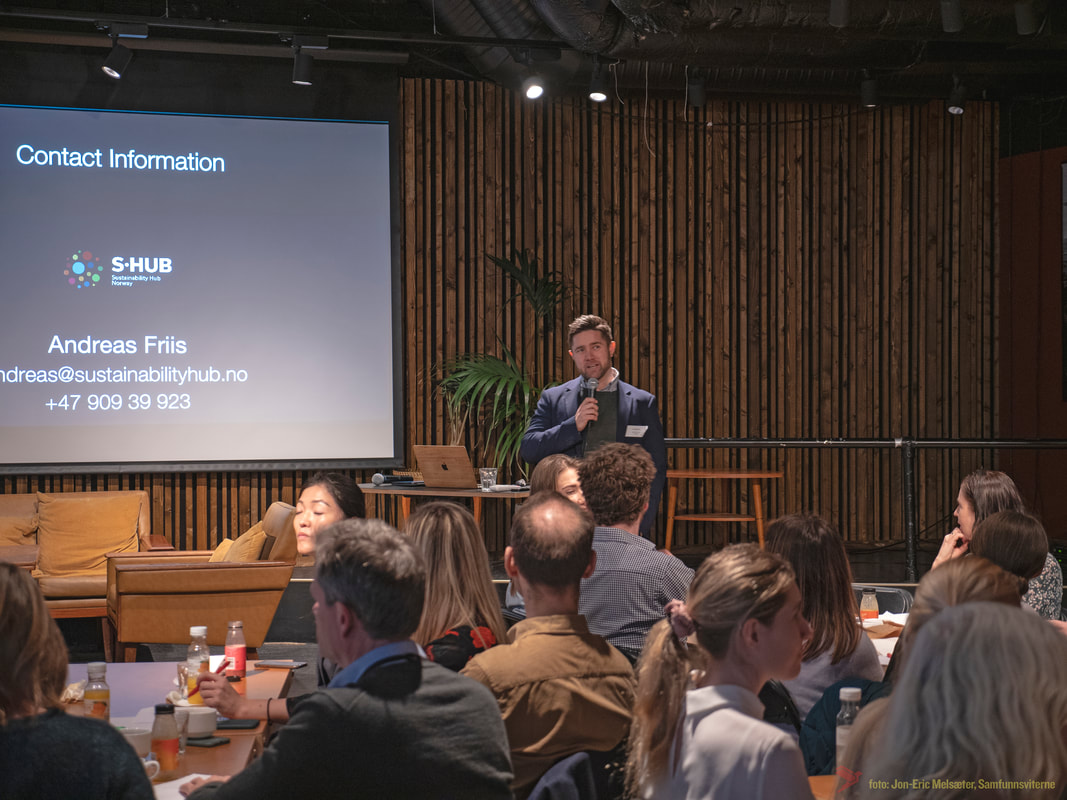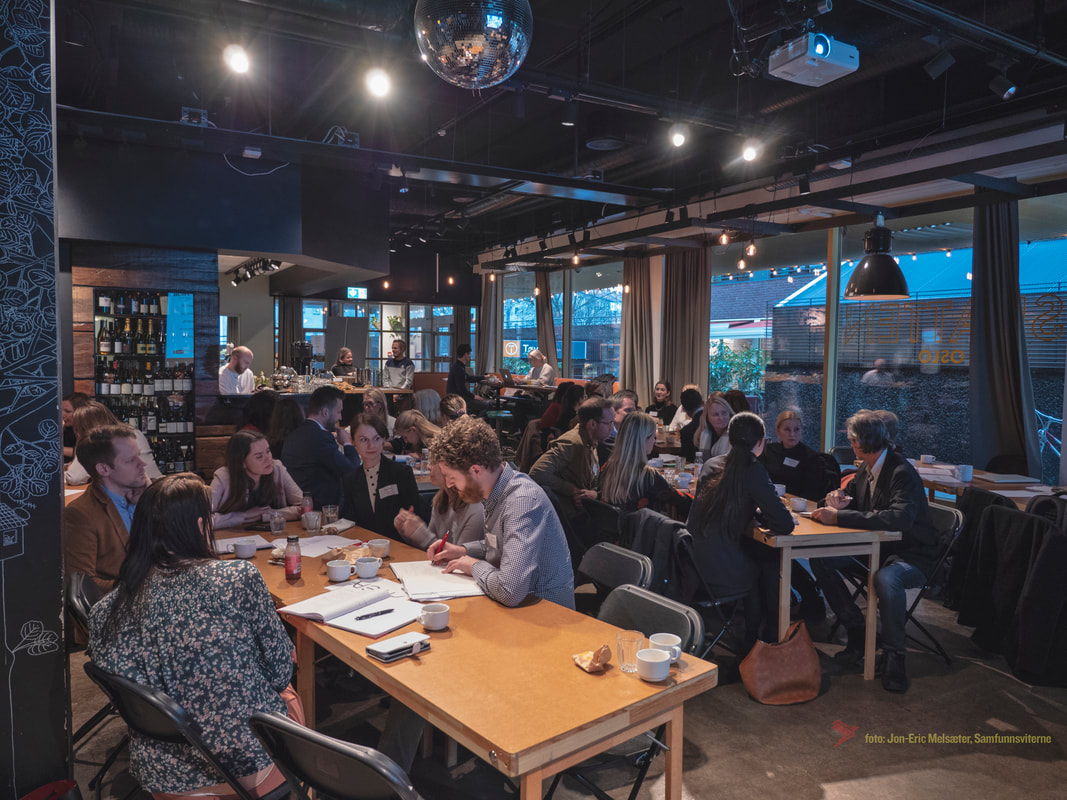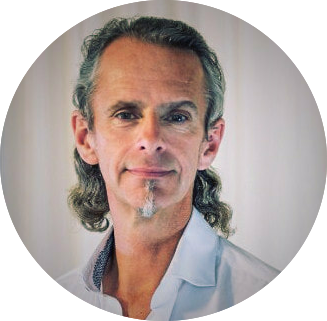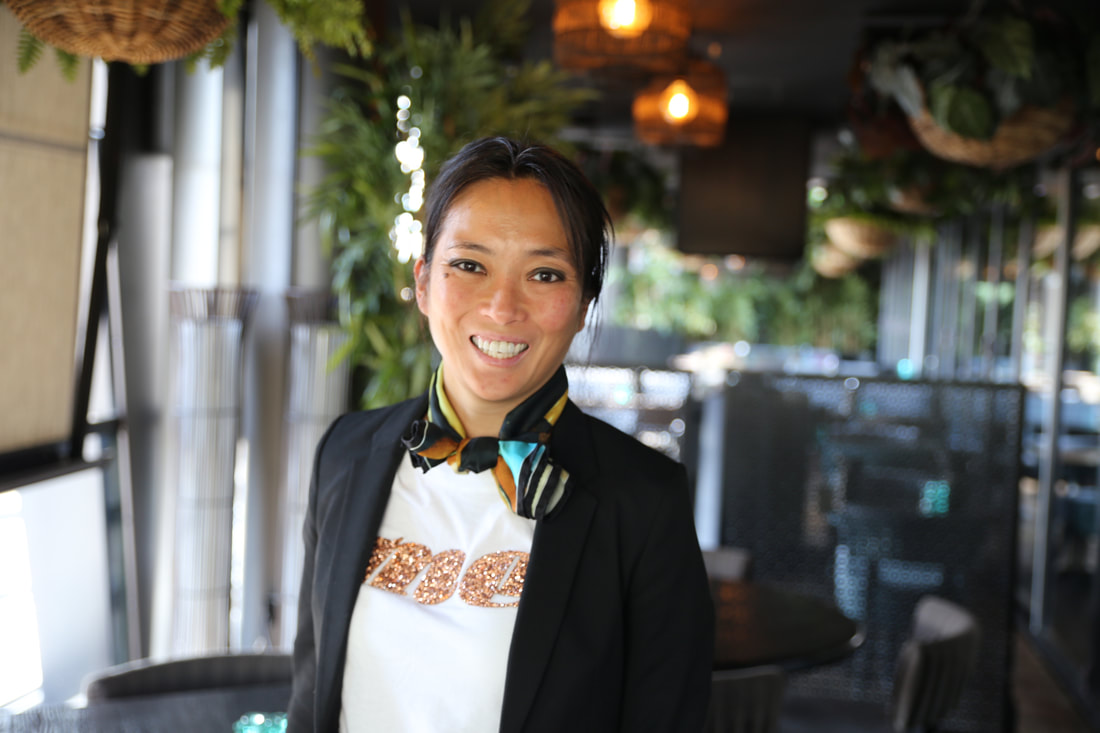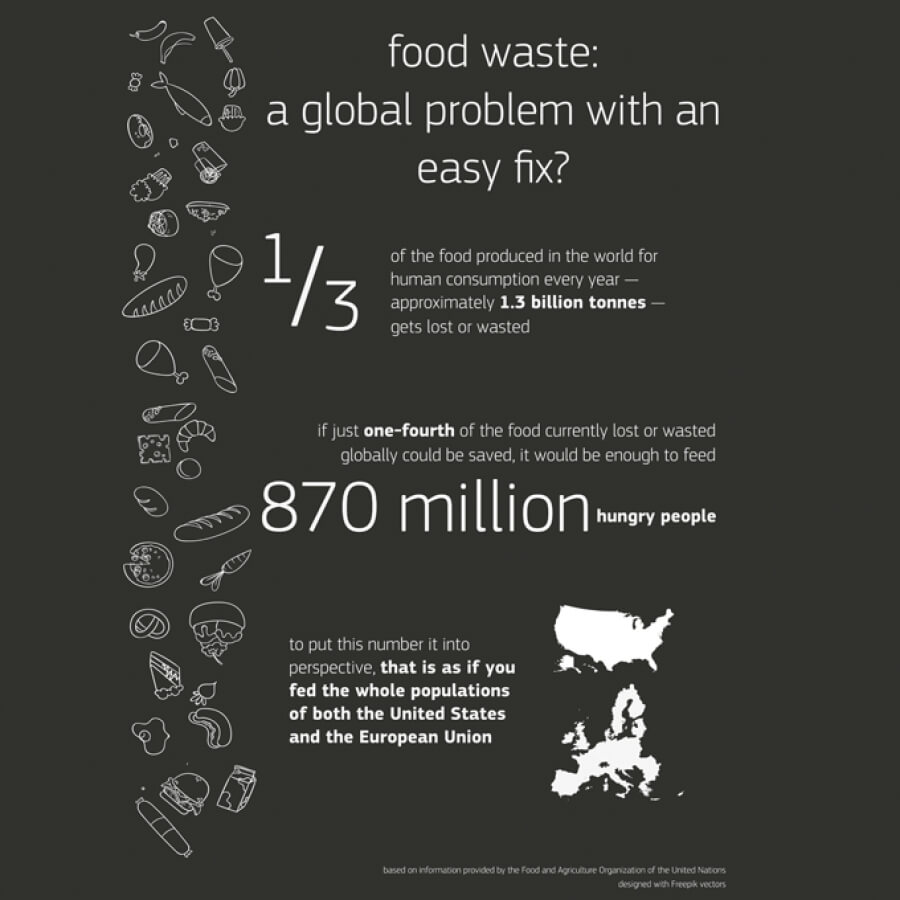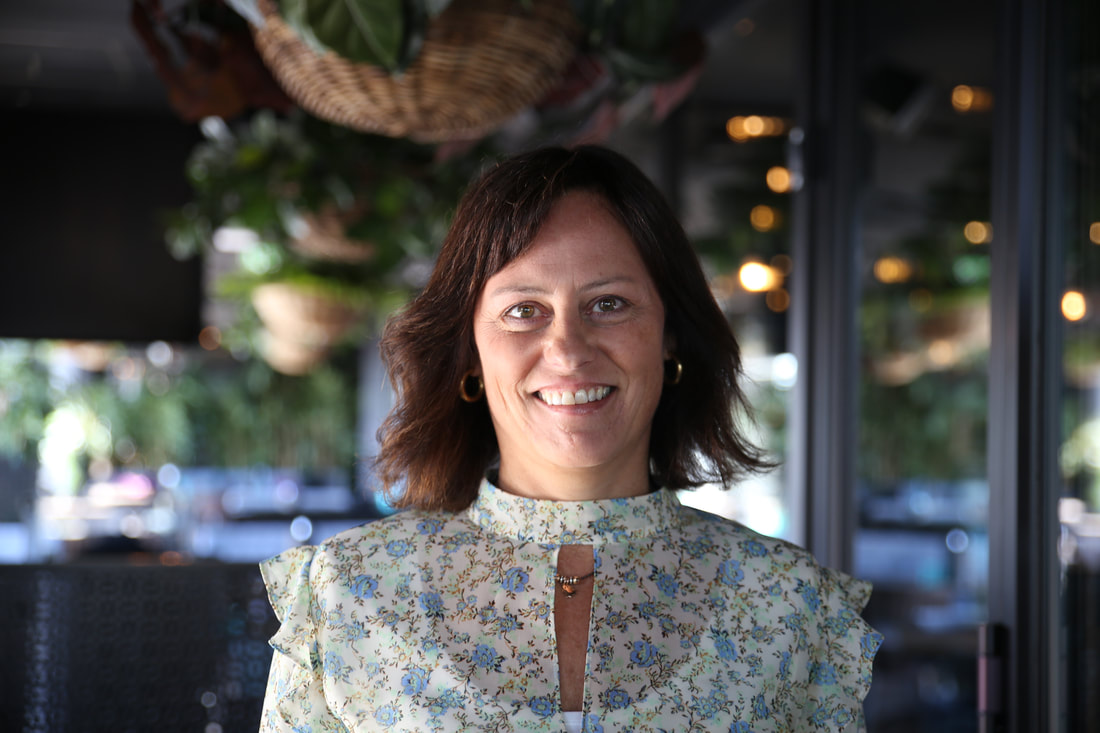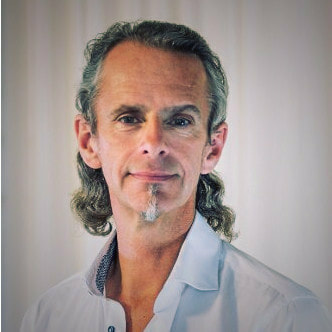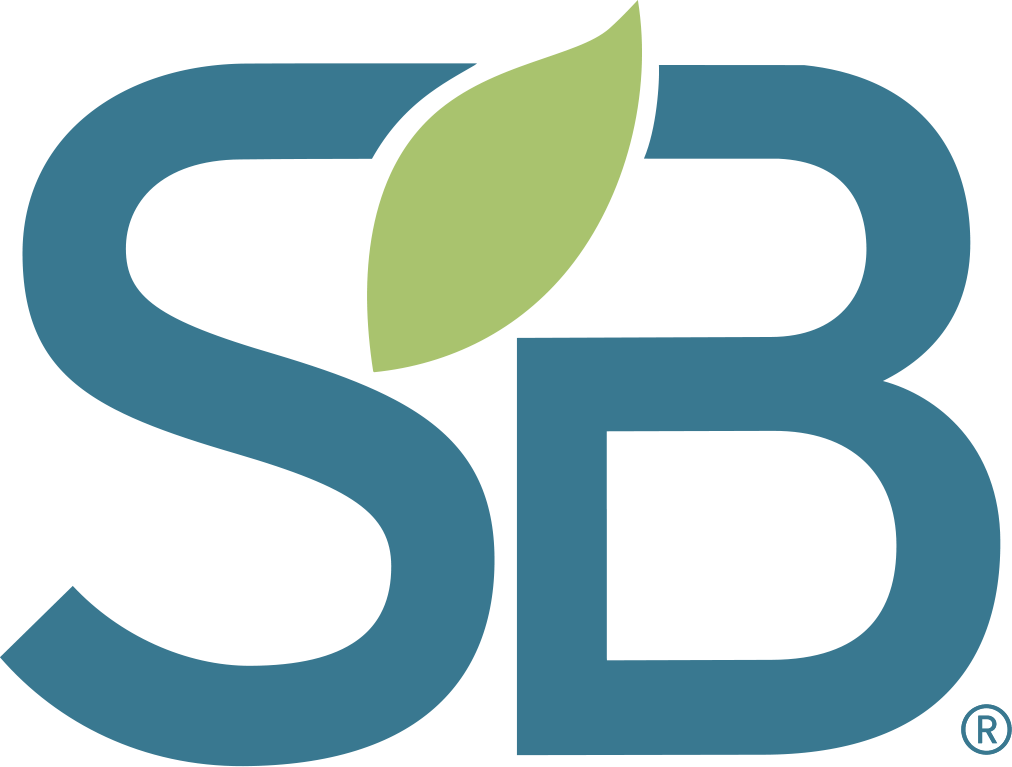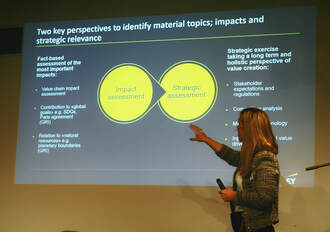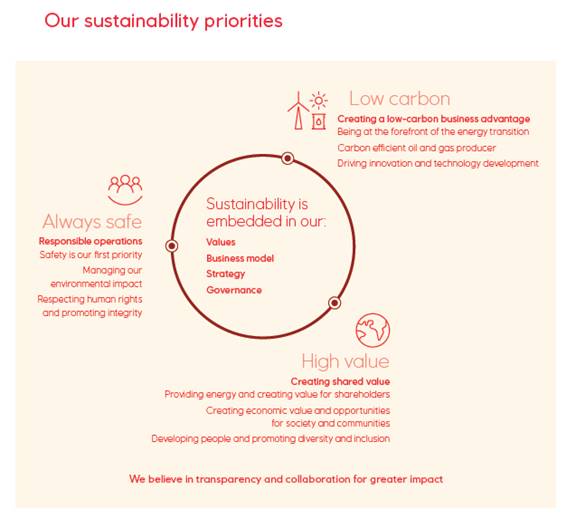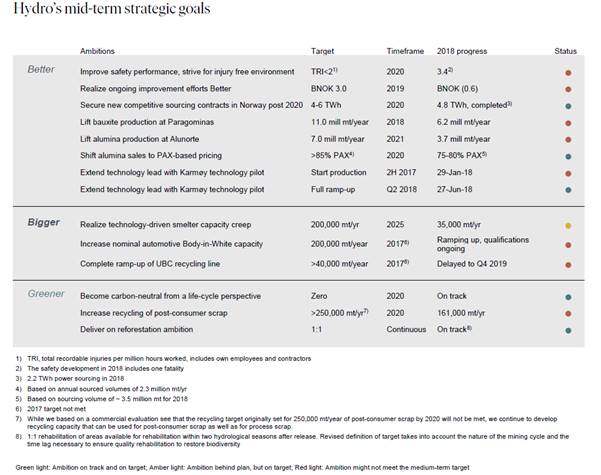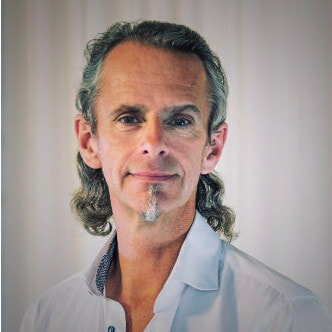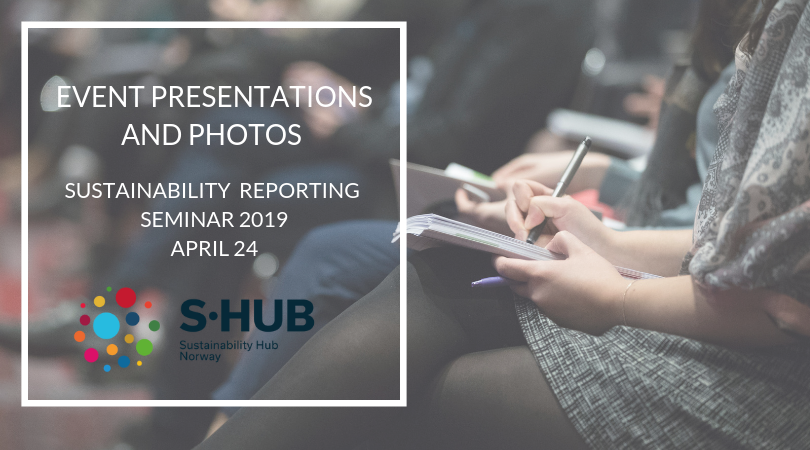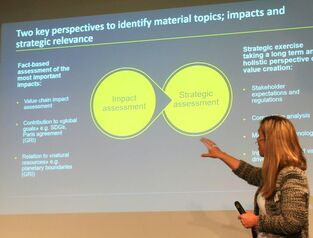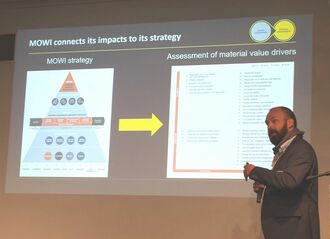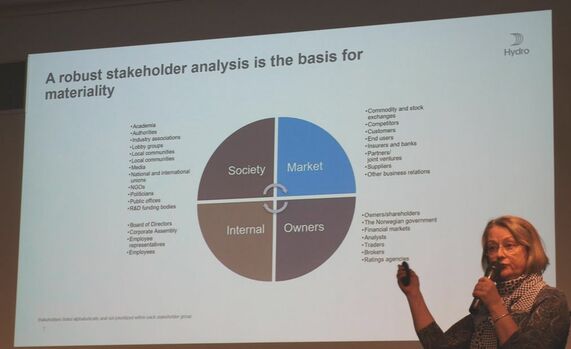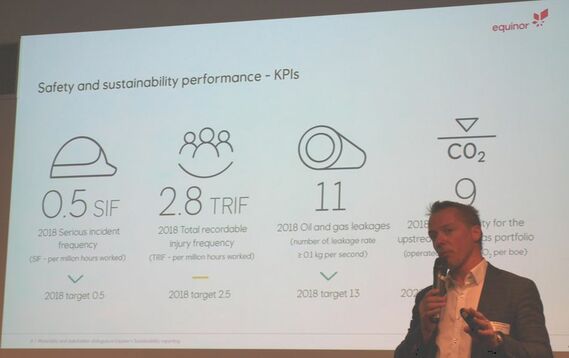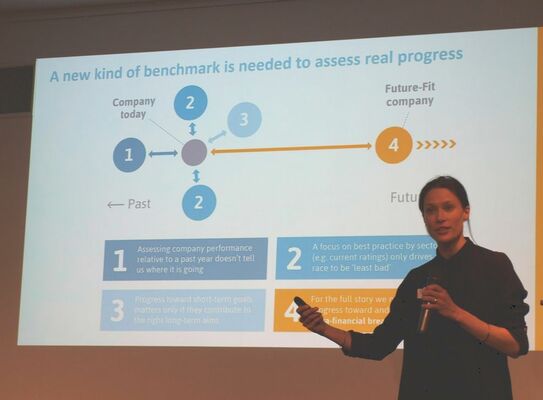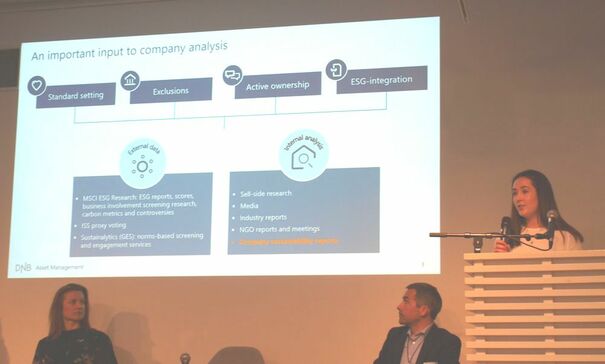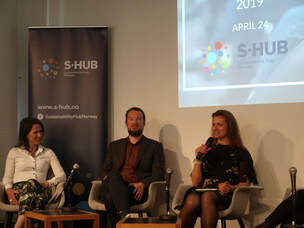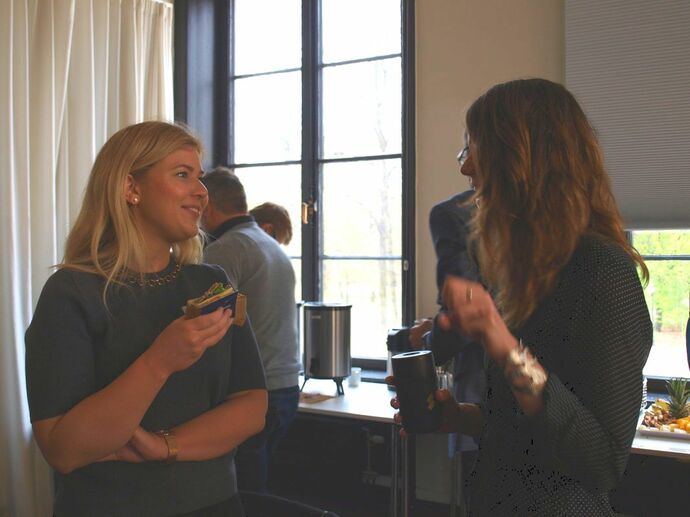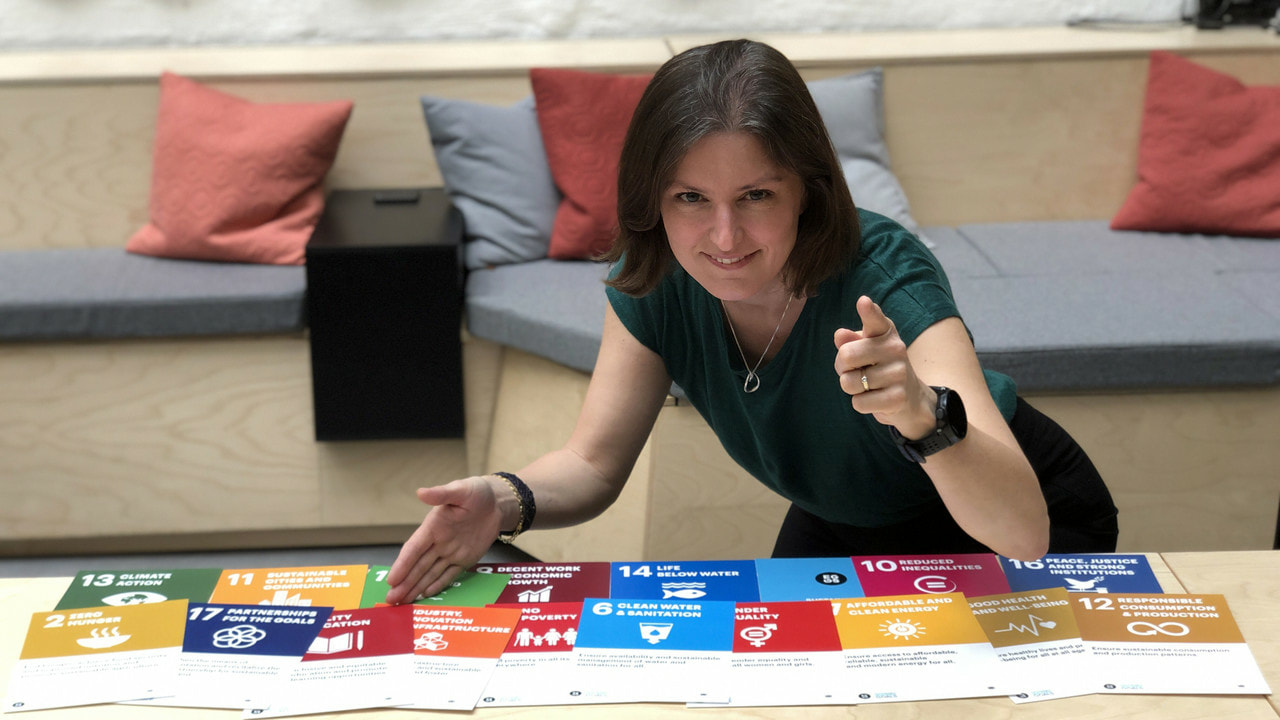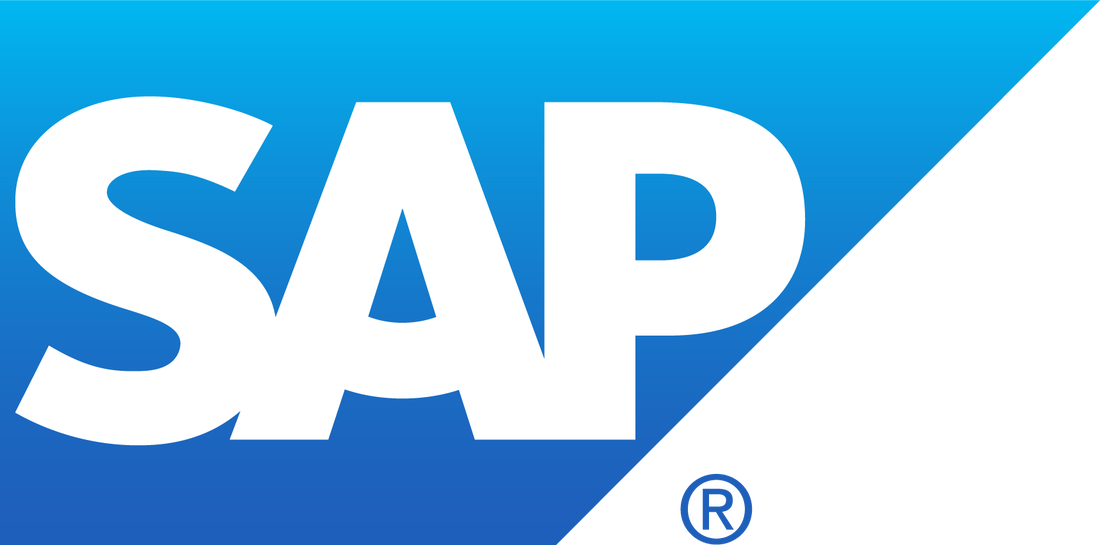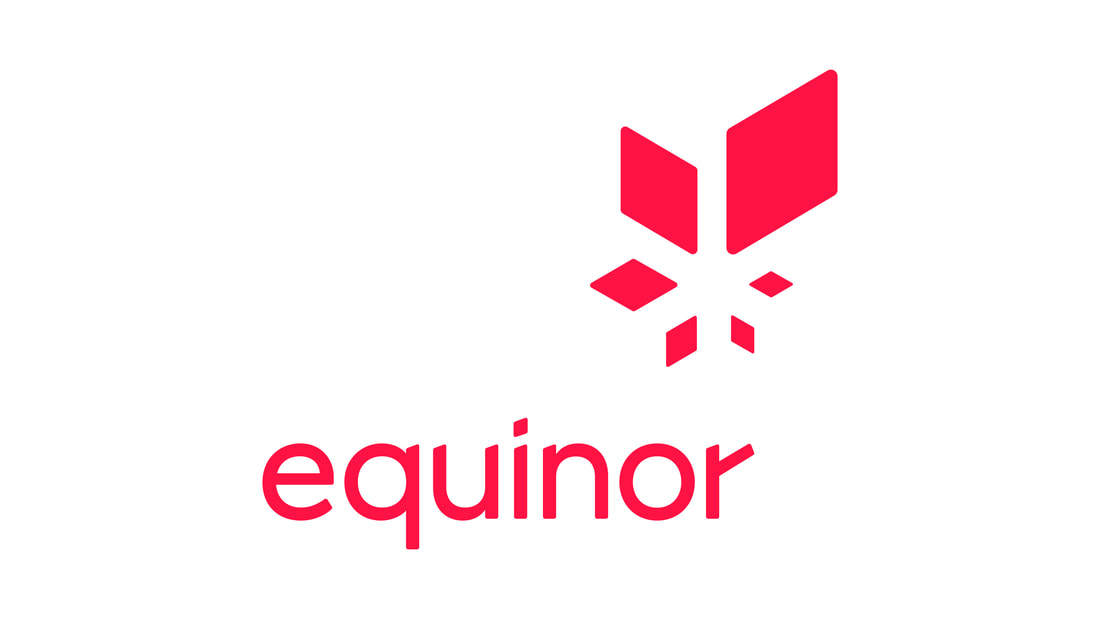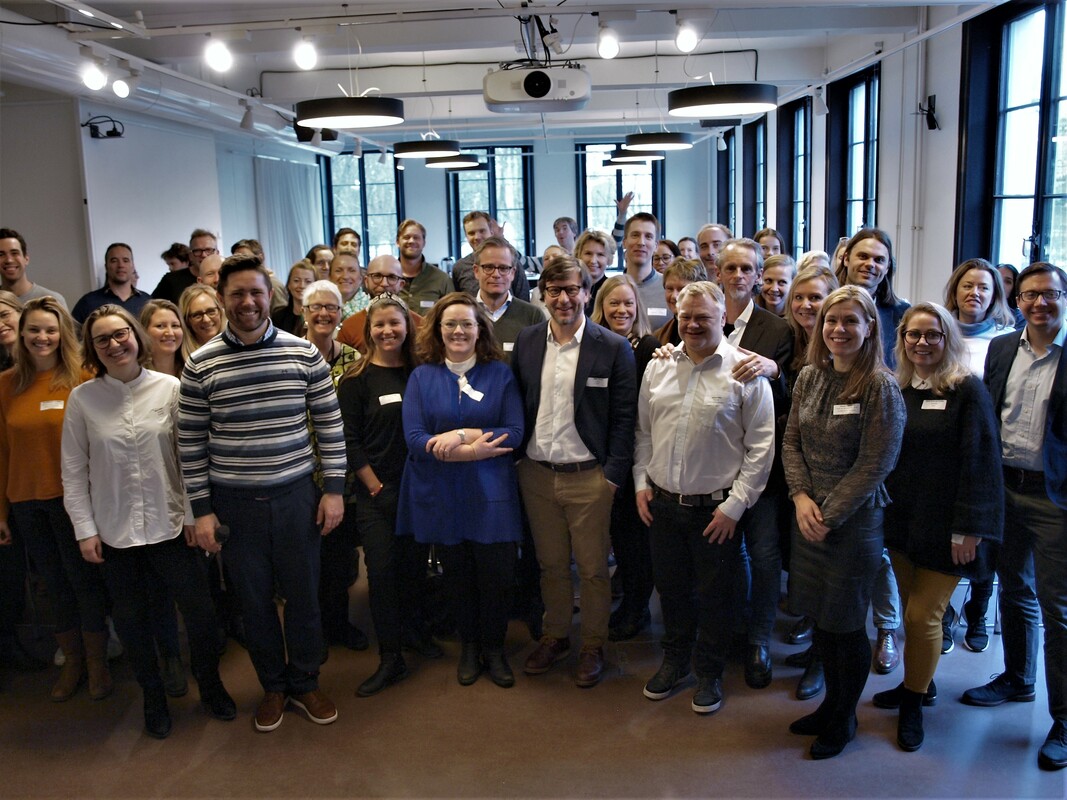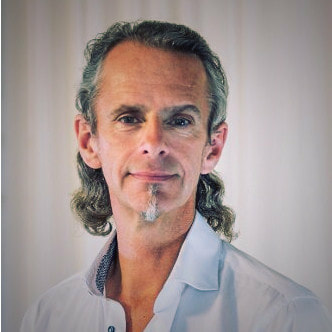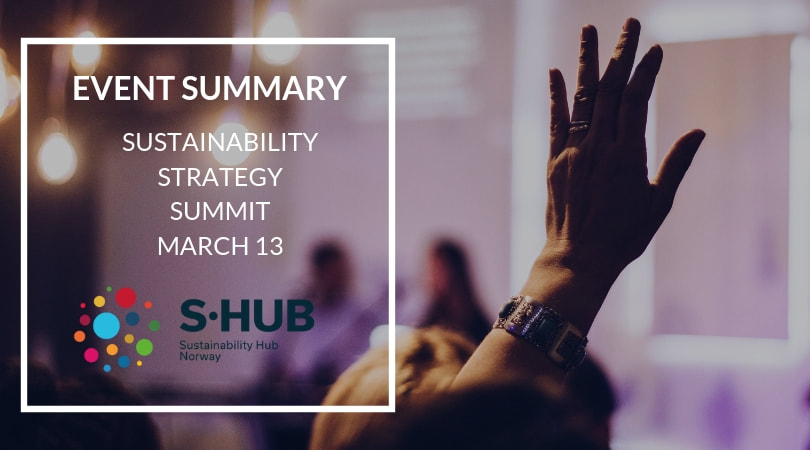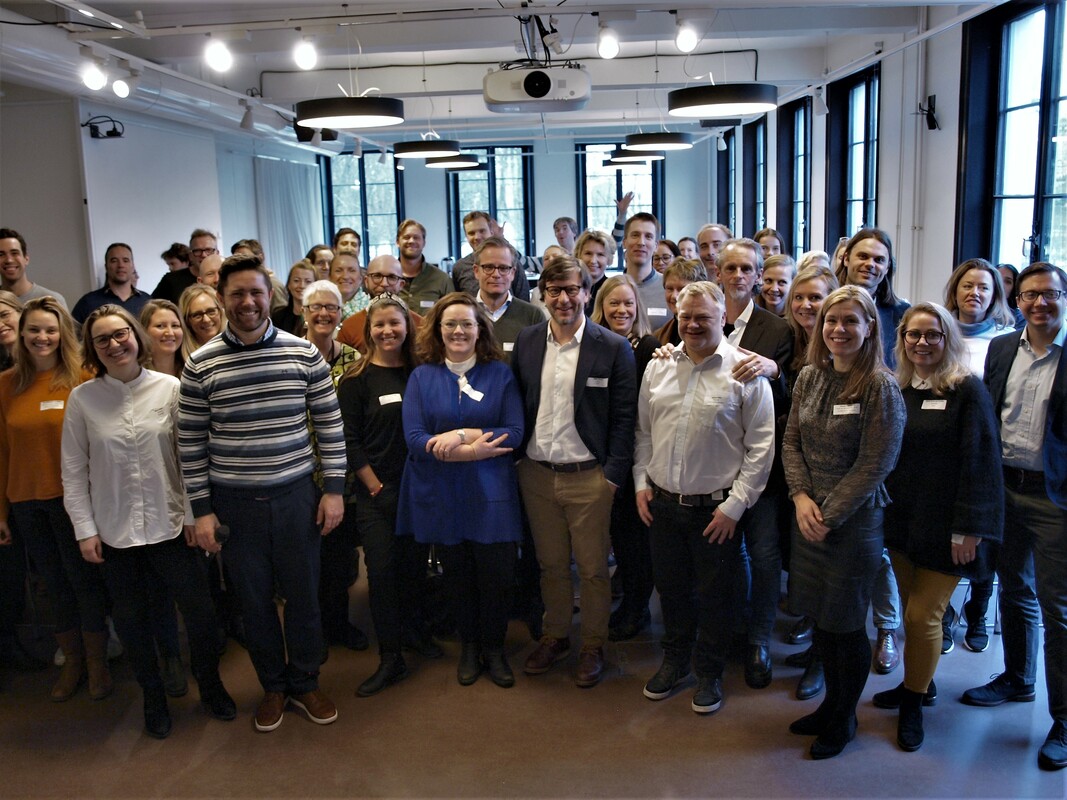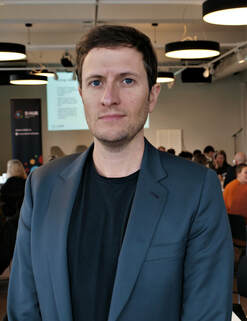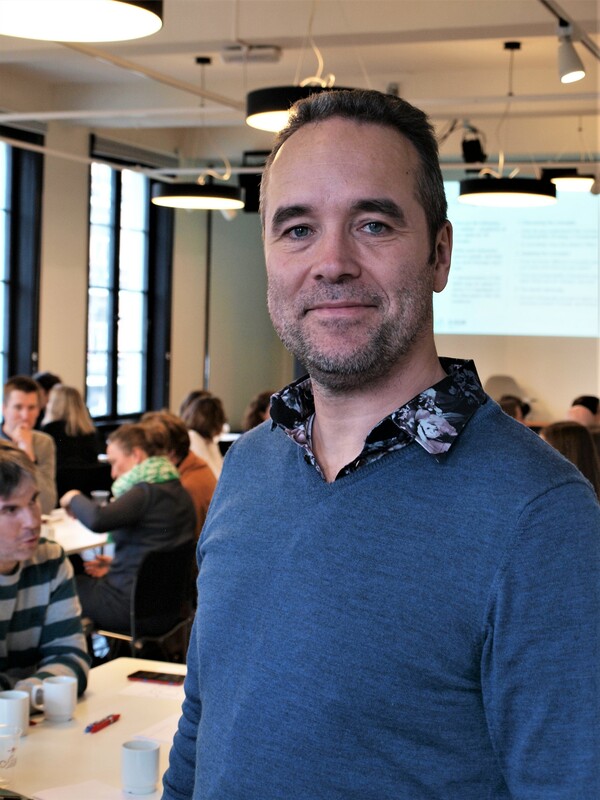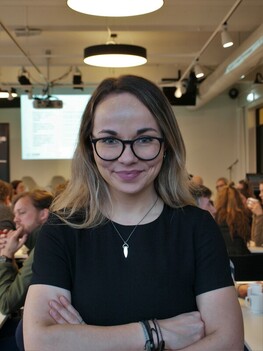|
Are organisational culture and sustainability interrelated? How do you align your culture with your sustainability strategy? The latest Sustainability Conversations seminar explored these questions.
A 60-strong gathering of the Sustainability Hub Norway community recently shared perspectives and insights on organizational culture, sustainability strategy and purpose. Convened by Sustainability Hub and Samfunnsviterne (Norway’s Association of Social Scientists), the half-day event attracted corporate partners, NGOs, civil society bodies, researchers, consultants and students, and even a Polish blogger who wanted to challenge Polish perceptions of Norway being a homogeneous society. Sustainability Conversations kicked off with an introduction by Andreas Friis, Sustainability Hub Executive Director, followed by a series of keynote talks. Greeting the gathering, Andreas underlined how “Creating sustainability and sustainable corporate culture is a long-term process and a journey. We believe companies that engage seriously with sustainability become more fit for the future, while creating lasting employment and the innovative solutions needed to achieve the SDGs by 2030.” Changing culture - reshaping an industry The first keynote, from Helen Aasgard, Director of People and Culture at Otiga Group, included an open request for test pilots for new AI solutions aimed at counteracting bias in the recruiting process, as well as a challenge to the recruiting industry. “The recruiting industry is conservative and full of bias, so it’s failing to deliver the talents and future leaders we needed to face global challenges. Our objective is to help transform recruiting.” Otiga aims to be the “most innovative and sustainable Nordic player within staffing, recruiting and organizational development,” and Helen explained its approach to using the SDGs as stepping stones for achieving social sustainability. “To map a path to sustainability, find the SDGs you can impact most and move boldly. Be specific and go beyond strategic visions to actionable initiatives – otherwise little will happen.” “We discovered we can make most impact with gender equality and decent work conditions, so our focus areas for creating a sustainable culture are SDGs 5, 8 and 12. Furthermore, as we want to collaborate to reshape the recruiting industry, which requires industry-wide knowledge sharing, we focus on SDG 17.” Educating future leaders One reason for recruiters not finding the new talents we need may be that the educational system isn’t producing them. Therese Sverdrup, Vice Rector for Innovation and Development at NHH (Norwegian School of Economics) provided some perspectives on how one of Norway’s leading business schools is addressing this. “Sustainability is at the core of research, education and outreach at NHH. We embed sustainability in our courses and ensure that research on sustainability feeds into our programs,” Therese explains. She describes how young people struggle to understand what the economy is and how part of NHH’s remit is to help them realize the complexity of modern economics. Consequently, NHH labels all its courses with SDG tags allowing students to make the connections between studies and global issues. Similarly, she describes how young people’s affinity for sustainability has grown. “Our students are the leaders of the future, and they need important skills sets. Most young economics students want to address and solve global challenges, and at the same time understand how to run businesses in a sustainable way.” 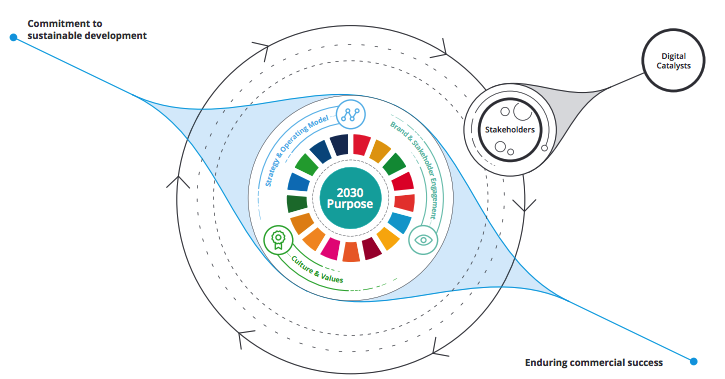 Graphics: Deloitte Graphics: Deloitte
A “fit-for-purpose” Purpose
According to Deloitte research, while many big businesses communicate a clear purpose only a quarter link this to sustainable development. Deloitte sustainable growth experts Hanne Solem and Turi Pettersen explained how one of the world’s major consultancies developed the Deloitte Purpose Journey to improve its sustainable culture, after discovering that only 54 % of its staff saw a clear link between their work and Deloitte's purpose. How to do Purpose
The Future Leader Mindset
Elin Nørve, Founder & CEO of FutureLeaders, shared some insights on millennial/Generation Z culture that are relevant for corporate culture. With 50% of the global population now below 28 and millennials becoming the most qualified talent pool, we need to understand how they think in order to harness their expertise. “These young talents want to make a difference – they are purpose driven. If you include "sustainability" in a job announcement, you are likely to receive 25 per cent more young applicants,” she says, adding that "Nearly 70 % of millennials would stay on at a company with a long-term sustainability plan". Elin also emphasizes how incorporating the Global Goals (SDGs) into company strategy is paramount for creating sustainable business, alongside four other key factors:
Roundtable dialogues
In addition to stimulating keynote talks, the seminar featured a series of `Sustainability Conversations´ – roundtable dialogues between companies and sustainability professionals designed to enable deeper exchanges of perspectives and sharing of knowledge. Here are a few extracts from the dialogues, which were hosted by six sustainability-focused organizations: Scatec Solar, TRYG Forsikring, ATEA Norge, King Coffee, Otiga Group, and Tomagruppen.
Final words…. As my mentor, digital culture expert Eduardo Ibacache Rodriguez at Fremtind, recently told me, “Vision, Mission, Values, Passion plus People equals culture. Never let processes rule, use them only as a tool. Processes come and go – a great culture can last for a long, long time.” And as Elin Nørve told the Sustainability Conversations gathering, “To truly achieve sustainability we cannot view it in isolation. It is deeply interrelated with issues like democracy, AI, polarization, new media and the climate crisis.” Indeed, to bring about the systemic change the world needs, organizational culture has to be firmly anchored in sustainability, both social and commercial. At Sustainability Hub we sincerely hope that this event plays a role in doing this.
2 Comments
It’s no easy task to assess how sustainable the global food industry is. So let’s start with a snapshot of how Norway is tackling industry issues, such as climate impact, labeling and food waste. As the Sustainability Hub Norway (S-HUB) Event Leader, Rilito Povea, mentioned during the recent From Farm to Fork seminar hosted by S-HUB and ASIA Aker Brygge, the food industry, valued at more than USD 5 trillion, is arguably the largest industry in the world. With food production as a major source of greenhouse gas emissions, and food itself accounting for around a quarter of global climate emissions, the industry’s impact in terms of climate change alone is massive. With this in mind, a group of Norway’s food industry representatives gathered to exchange insights around the complex set of sustainability challenges they face, from packaging, transport and traceability to production emissions and consumer information, to environmental impact and food waste – an issue that Norway is tackling with an national, industry-wide strategy. The seminar convened at the ASIA Aker Brygge restaurant in Oslo, a sustainable food flagship with an innovative vegan chef that has teamed up with S-HUB to enhance its sustainability efforts. Linnea Gustafsson from Drueklasen, ASIA’s owners, was pleased to announce that it recently became the world’s first UN-verified restaurant in their Climate Neutral Now initiative. Conscious consumers Linnea also emphasized transparency as a key for sustainable restaurant operations, which was reflected in a discussion around consumer choice kicked off by Andreas Friis, Co-founder and Executive Director at S-HUB, who posed the question, “Why do consumers think sustainable food products are low quality?” Petter Gulli, Sustainability and Brand Consultant at 12YEARS, said that the industry has “in order to communicate effectively about climate change, ecology and food, we have to understand how different people are and how diverse their attitudes are,” and underlined, “Rather than moralising and criticising, we should encourage people to do whatever they can and explain that changes of diet can be easier than they imagine.” Edona Arnesen, Restaurant Manager at Hrimnir Ramen suggested, “Our industry needs to increase its focus on people and caretaking, not least with regard to our employees, who have demanding jobs and deserve our respect and support, but also by supporting consumers to make wise choices.” Likewise, Snorre Djupesland Paulsen, Business Architect and Futurist at ÆRA, noted how “Sustainability managers in large organizations, who really are spearheads, strive to align their colleagues’ agendas towards sustainable goals. To work in this field you have to embody sustainability both professionally and personally.” Entrepreneur Martin Lang, Founder and CEO of Foodsoft, explained how difficult it is for food producers to gather accurate information to communicate to their customers and consumers. “Value chains in the food industry are getting increasingly complex and extensive, which is a challenge for sustainability and transparency.” Martin cited Norwegian bread as a good example, showing how Foodsoft has proven it to have a much lower climate footprint than the frozen breads being imported from Europe. Label and enable! Another perspective was provided by Johanne Kjuus, Sustainability Manager at Orkla Foods, who described how “Klimamerke” the new climate label for one of Norway’s biggest food brands, Toro, was inspired by listening to young people who are looking for simpler, smarter choices in the supermarket. Johanne said, “Toro wants to enable consumers to make climate-smart food choices, and our new climate label will show which of our products have the lowest climate footprints.” “Klimamerke” is based on a climate scale that developed by the Swedish research institute RISE. It shows different levels of climate footprint for a dinner portion – Toro products provide 250 million dinners in Norway annually – where medium corresponds to the current average, and low corresponds to what’s needed in order to reach the 1.5-degree target. The youngest participant at the seminar, Hanna Borg, Founder and CEO of Nordic Foodprint, was evidence of this growing consciousness. “I view the food industry from a millennial perspective, which involves being driven by purpose, so I have created my own business to be part of changing the industry.” Nordic Foodprint provides plant-based comfort foods and drinks to urban dwellers, while communicating information to help consumers make more empowered decisions. “At Nordic Foodprint we want to help the large food industry players see that catering to the needs of the younger generation can be profitable. Millennials want less packaging, more locally produced food and better information,” Hanna emphasized. A united industry Several speakers urged Norway’s food industry to focus more on collaborative efforts and less on competition with regard to sustainability and to employ a mixture of incentives and rewards to encourage both producers and consumers to change their habits and routines. Helene Skjenneberg, Director of Food and Beverage at Scandic Hotels, said “We must act together as an industry, sharing sustainability knowledge and best practices to create a ‘race-to-the-top’ and transparency,” and added that “At Scandic we can share how we engage our large workforce with our sustainability efforts so that other players can adapt our practices to their specific context and sector.” On the same topic, Julie H. Aarnæs, Sustainability Manager at UNIL /NorgesGruppen said “It is vital that all the diverse players in Norway’s food industry embrace sustainability from a holistic perspective – addressing a range of initiatives rather than just focusing on single area, such as food waste. This should include making requirements of our own operations, suppliers and the entire value chain.” After describing UNIL’s broad focus on sustainability, which includes red meat consumption, people focus, deforestation, animal health and value chain transparency, Julie urged the gathering to “consider a cross-sector program that could focus on climate change mitigation, environmental impact, workers rights in the value chain and engaging with consumers and customers to communicate the importance of sustainability.” From waste to resource According to Rosa Rolle, head of the Food Loss and Food Waste Project at the FAO, one-third of all food produced globally — 1.3 billion tonnes a year — is discarded or spoiled. If this wasn't shocking enough, the wastage cycle generates climate emissions almost as large the world’s largest CO2 emitters, China and the US. The highest wastage is in the EU and North America, averaging around 100 kg per person annually, with household losses accounting for the largest share. Due to sustainable agriculture techniques, Norway has relatively low climate emissions for food production, but nevertheless the average consumer discards 42 kg of edible food every year, more than 50% of the annual national wastage of 350,000 tonnes (73 kg per capita). As Anne Marie Schrøder, Communication Manager at Matvett, the Norwegian food industry’s organisation for prevention and reduction of food waste explains, while France and Italy decided to adopt laws to reduce food waste, Norway chose cooperation and collaboration. Encouraged by a number of successful projects from 2015 to 2017 that reduced food industry waste by 13% and consumer waste by 11%, in 2017 the Norwegian Government and food industry signed an agreement to reduce food waste in Norway by 50 percent by 2030. The agreement involves 79 players throughout the food supply chain, from primary production to service and retail, in cooperation with relevant government ministries. “It’s vital to have a strategy for reducing food waste that involves the entire value chain,” says Anne Marie, “Industry players must understand they can be part of the solution; the authorities need to remove barriers and provide incentives; consumers must be convinced to waste less food.” From Seed Vaults to Food Banks Although Norway may be better known for the Global Seed Vault, its network of food banks, Food Banks Norway, is a lynchpin in the country’s food waste mitigation efforts, helping to rescuing surplus food from producers and distributors. According to Paula Capodistrias, Project Manager at Food Banks Norway, "In the last two years, our network has grown from one to seven food banks strategically located around Norway. Through close cooperation between national and local governments, the food industry and charity organizations, we efficiently rescue surplus food from producers and retailers and distribute it to people in need, giving people, food and the environment a new chance.” Indeed, the network redistributed 2,200 tonnes of food in 2018, the equivalent of 4.4 million meals, with a corresponding reduction of 6.6 million kg of CO2. Not surprisingly, Anne Marie Schrøder says, “We have a well-functioning industry collaboration on food waste in Norway that has aroused interest from Sweden, Denmark and the EU Platform on Food Losses and Food Waste.” Other elements in the system include the efforts of Norwegian supermarkets, which in the last few years have put in place not only internal routines and awareness campaigns for the public, but also labelling systems to extend shelf life, and reduced prices on food approaching its sell-by date. Social entrepreneurs have also played a part by creating businesses based on food that would otherwise to go waste. The bestfør.no platform helps supermarkets identify food in risk of becoming food waste and the Foodlist app helps supermarkets sell or donate that food, and the TooGoodtoGo app connects consumers with leftover restaurant food at discounted prices. Supermarket chains have introduced innovations too, for example by selling ugly looking fruits and vegetables, and by sending their surplus food to Best Før - Like Godt, a supermarket in Oslo that sells to consumers. Next steps Andreas Friis of S-HUB, summed-up the seminar by responding to the gathering’s enthusiasm, stating, “I think there is a true hunger for sustainability collaboration among both small and large companies in the food industry. I have rarely seen such engagement and interest in working together to find solutions as we saw today. The interest in and potential for a more permanent collaborative network on food and sustainability has never been greater.” Insights
Social media thrives on compelling storytelling, and chances are that your sustainability efforts have the capacity to pull on your audience’s heartstrings better than another post promoting your product or service. When planning your sustainability messaging strategy, social media might not be top of mind. After all, social media is inherently fun and friendly, whereas sustainability is traditionally dry, corporate and nuanced. However, as consumers, employees and investors are increasingly understanding the value of sustainability, the appetite for these stories — as well as the platforms from which they are shared — have grown and evolved. Publishing a dense and technical report that’s buried somewhere on your corporate website is no longer enough — you must seek out new communication channels and new ways of telling your story to reach your growing audience, and that includes social media. We all know that B2C companies can find success in the world of likes and shares, but what about B2Bs? While B2B companies are a bit late to the game, a survey by Omobono revealed that 79 percent of B2B marketers rated social media as their most effective marketing channel. Still, one of the greatest challenges B2B companies face on social media is developing rich, engaging content. Without an interesting, sexy product to sell, how can a B2B company compete against the Coca-Colas and Patagonias of the world in the over-saturated social media space? This is where sustainability content comes into play. For B2B companies, in particular, sharing your sustainability story on social media is an opportunity to share compelling content and create an emotional connection with your audience. It pushes your social media narrative from what you’re doing to why you’re doing it — which is the story your audiences really want to hear. Social media thrives on compelling storytelling, and chances are that your sustainability efforts have the capacity to pull on your audience’s heartstrings better than another post promoting your product or service. Social media also gives you a platform to cherry-pick those inspiring stories from your dense sustainability report and put them in front of an audience who cares. Finally, talking about your sustainability priorities on social media allows you to join a larger conversation about the issue at hand, while positioning your company as a thought leader. Below are some tips for creating a social media strategy that sticks. Start with social listening.Don’t just blast your initiatives all over social media and hope it resonates. Seek out discussions that are already happening surrounding your broader cause and determine how your company fits into the larger conversation. This will also allow you to make connections with people who are already engaged. Ladder up to a singular, overarching focus, connected to business goals. Just as you should take a holistic approach to your sustainability strategy with each initiative supporting an overarching goal, every social media message you publish should ultimately help address a broader issue you are aiming to solve that is material to your business. A good place to start is by leveraging your communications framework, which can help define your content pillars and help you hone in on how they all fit together under one focus. Be clear with your overall focus, as wavering between causes and using non-committal language will weaken your narrative. In this era of transparency, audiences are quick to pick up on — and call out — inauthentic content. Don’t showboat your efforts or publish self-serving content. Follow the 80/20 rule, in which 80 percent of your content inspires, educates or entertains your audience, while the remaining 20 percent directly promotes your business. Instead of focusing only on your own initiatives, share inspirational stories aligned with your cause, which will help position you as a thought leader. When you do share your efforts, avoid being boastful and tie it back to the broader cause. Always remember to communicate the why instead of the what. Incorporate sustainability messaging with overall content. While there some exceptions, we typically do not recommend creating separate social media handles for your sustainability content as this fragments your messaging and may leave your audience with the impression that it’s not an important topic. Instead, integrate sustainability with your primary social media accounts and ultimately, your overall brand narrative. Always remember that your sustainability strategy should align with your existing business strategy. Showcase human stories and build upon emotions. Save the statistics and data for your sustainability report. Social media is an opportunity to humanize your business by delivering compelling, human-centered stories that demonstrate your impact. Emotions trigger engagement, which increases your reach and strengthens the connection with your audience. The key is to share authentic content and reflect your true emotions. Use social media as a platform for positive change. Social media is all too often perceived as a force for negativity, but it also presents businesses with a tremendous opportunity to use their influence to catalyze positive change. Instead of using social media solely as a platform to promote your efforts, be a leader and seize the chance to inspire a movement and rally others behind your cause. Social media and sustainability are both ongoing projects that depend on the values of community, transparency and collaboration, making them a natural fit. Sustainability addresses global issues and social media addresses a global audience, simultaneously allowing companies to share their progress in real-time and engage directly with those affected. When used effectively and ethically, social media and sustainability have a collective ability to empower a company to drive substantial change through garnered stakeholder support.
Access presentations and more photos from the Sustainability Reporting Seminar here. Sustainability reporting and ESG disclosures are evolving at an accelerating pace around the globe, and investors are increasingly using this information to inform their decisions. The Task Force on Climate-related Financial Disclosures (TCFD) recommendations, the codification of the Sustainability Accounting Standards Board (SASB) Standards, and a new draft standard from the Global Reporting Initiative (GRI) on tax and payments to governments are increasing the reporting demands on companies. According to the Financial Times, there are at least 230 corporate sustainability standards initiatives across more than 80 sectors. Some believe this is way too many and that it’s leading to confusion for investors, stakeholders and companies alike. Hans Hoogervorst, Chair of the International Accounting Standards Board (IASB) cites the example of Tesla, which is ranked highest on the sustainability index of MSCI, while FTSE ranks it as the worst carmaker globally on ESG issues. Indeed, with growing evidence small and medium sized companies are struggling to understand and adopt sustainability reporting, Christine Lundberg Larsen, CEO of Regnskap Norge said, “We really need to develop the accounting standards on non-financial reporting so that it’s not just the bigger companies reporting, but everyone.” Calum Revfem, Executive Director of Proxima and New Zealand’s leading sustainability and integrated reporting specialist, gave reporting newcomers the advice, “If you’re new to sustainability reporting, don't try to reinvent the wheel – look to the leaders and model best practice. Then ask the fundamental question: why are we doing sustainability reporting? Hopefully it’s to be accountable and drive systemic change – if not, it's just another communications exercise.” Hanne Thornam, Head of Climate Change and Sustainability Services at EY Norway, told the gathering, “Sustainability reporting is evolving rapidly. During the last few years, we’ve seen an increasing focus on a company’s impact irrespective of its effect on the bottom line,” and advised the gathering to “Get a complete view of your impact and assess it in perspective of the SDGs and planetary boundaries, and then do the strategic assessment with this as the starting point.” You must materialize to sustainalize The opening session of Sustainability Hub's Sustainability Reporting 2019 explored materiality and stakeholder dialogue. Materiality assessment is the process of identifying, refining and assessing potential environmental, social and governance issues that could affect your business and/or stakeholders, and condensing them into a shortlist that informs company strategy, targets, and reporting. KPMG’s publication, The essentials of materiality assessment provides some valuable tips for conducting a materiality assessment and describes the seven key steps shown in the figure below. Anette Rønnov, Director Sustainability Services, explained how at KPMG Norway, “We believe that the companies which fully consider how sustainability topics interrelate with their business strategy, and develop sustainability materiality processes that link with the wider enterprise risk management process, will be in a better position to inform investors, regulators and other stakeholders on their environmental, social and governance impacts, risks and opportunities.” Energy giant Equinor is an example of this. Its Principal Sustainability Analyst, Øystein Kolstad, explained how “Equinor has sustainability embedded in our values, business model, strategy and governance,” and also revealed how, “According to CDP (formerly known as the Carbon Disclosure Project), we are the oil & gas company best prepared for a low carbon future.” Broadening the conversation, Anette Rønnov said, "Materiality assessment should be used as a strategic business tool, with implications beyond corporate responsibility (CR) or sustainability reporting. Organizations can get most benefit from their materiality process by using it as an opportunity to apply a sustainability lens to business risk, opportunity, trend-spotting and enterprise risk management processes.” Similarly, Hanne Thornam, explained that “Materiality assessment needs to be a strategic exercise too, and you can’t just use GRI to find strategic risks and opportunities. Assess what stakeholders will care about in the future, which regulations can affect your business model, how technology and markets will change, and how you can be part of a low-carbon future.” Hydro and Equinor are among the sustainability reporting leaders in corporate Norway. Kirsten M Hovi, Vice President and Head of Extra-Financial Reporting at Hydro, underlined how “A sound materiality analysis reveals what is most relevant to report and as such is fundamental to any financial and extra-financial reporting.” Øystein Kolstad described how “Thorough materiality analyses involving all our stakeholders concluded that safety and climate change are the two most material sustainability aspects for Equinor. In addition, human rights became an increasingly important issue in our 2018 sustainability report.” Purpose and people With discussions flowing into the subjects of purpose and stakeholder engagement, Astrid Thommessen Sæbø, Chief Financial Officer at SAP Norway, presented how SAP works with sustainability and integrated reporting based on SDGs and the GRI G4 financial reporting guidelines. SAP conducts semi-structured interviews with multiple stakeholders to determine which efforts to prioritize to increase employee engagement and customer loyalty. Thommessen Sæbø said “To assess and monetize the interdependency between non-financial factors including sustainability, business health and employee retention, SAP constantly refines its approach to materiality.” Suggesting that “The new materiality revolves around how to build customer loyalty and employee engagement,” she mentioned how “Our research indicates that particularly for the younger generations in the workforce, purpose is key for their willingness to engage in a business relationship with SAP.” Having measured that a 1% increase in its employee engagement will mean a EUR 50-60 million increase in operating profit, SAP has quarterly sustainability targets for all employees and makes local impacts visible to them, stimulating engagement and providing insights they can act upon. Tech, tools and thresholds The following session looked at fundamental changes in reporting technologies and frameworks. Alexandra Pittman, Founder and CEO of the B Corp ImpactMapper, described how this online tool helps donors, nonprofits and impact companies to track and visualize their social impact. “To move the world towards achieving the SDGs, and assess our progress along the way, we need a crystal clear impact framework and metrics. The same can be said for sound strategic decision-making and reporting,” she suggested. Pittman said "Corporates and impact investors are showing increasing interest in intelligence from sources other than KPIs, quantitative and financial data,” going on to explain how, “Insights from philanthropic enterprises and impact conversations can inform corporate business and catalyze vital conversations around sustainability.” Astrid Fellingham, Development Manager at the Future-Fit Foundation, suggested “To be a truly sustainable company, you must understand the social and environmental thresholds you need to reach and have a reporting and management framework to track progress towards them.”… Future-Fit Foundation is best known for its Future-Fit Business Benchmark, a free tool to help companies and investors transform how they create long-term value, for themselves and society. Fellingham described how the benchmark can “enable companies to talk about both positive and negative impacts in a credible, concise, holistic and comparable way which reveals the whole picture.” Reading between the lines The final panel discussion, moderated by Anette Rønnov, introduced perspectives from readers of sustainability reports. Those of us who have ploughed through reports to drill down into materiality and performance would agree with a participant who urged companies to “Focus on what is material! Otherwise it is easy for the reader to not see the forest for the trees.” Kjell Kristian Dørum, Senior Advisor at the Norwegian Pension Fund Global’s Ethics Council, said “From our perspective, the most important issue for corporate reporting is being open about sustainability-associated risks and challenges and being concrete and transparent about how they are handled.” Analyst Laura Natumi McTavish explained how DNB Asset Management assesses a business for positive impact using four pillars: standard setting, exclusions, active ownership and ESG integration. Anette Rønnov described how, “Rather than creating a separate, isolated process, leading companies embed sustainability within existing core processes,” and suggested Equinor and Hydro as examples of companies that have sustainability cemented in their corporate strategy, something which is reflected in both their annual reports and their reporting on strategic goals — as the illustrations below show. Kirsten M Hovi, Vice President and Head of Extra-Financial Reporting at Hydro, said "The correct reporting tools are essential. Hydro uses the GRI Standards, and through the GRI Index we show how our performance is linked to the Sustainable Development Goals, the UN Guiding Principles on Business and Human Rights (UNGPs) and various industry initiatives, etc.” Despite Hydro’s lengthy experience -- sustainability reporting since 1989; first materiality analysis in 2004; used GRI guidelines (now GRI Standards) since 2003 – they are still learning. “We are a signatory of the Task Force on Climate-related Financial Disclosures (TCFD) and have been reporting using their guidelines since 2017. An important step forward for us now is to develop relevant scenario analyses,” Hovi explained. If TCFD scenario analysis is a stretch goal for Hydro, a general development point for Norwegian business was suggested by Dan Jakob Wangen, Senior Consultant Climate Change and Sustainability Services at EY Norway: “In Norway, first time reporters are generally good on doing thorough materiality assessments. The development point is making reporting an iterative process, revisiting it yearly as factors change: materiality is not fixed but evolves as you change focus or strategy.” 2019: a good year Reflecting upon Sustainability Hub's second Sustainability Reporting Seminar, its Executive Director, Andreas Friis, concluded, “The discussion was much more advanced than 2018, suggesting that the experienced players are maturing fast, but there is still room for improvements. We are particularly pleased to see that sustainability has become more important for CFOs and C-level executives and to see more integrated reporting that goes beyond focusing on a few specific indicators.” Calum Revfem, Executive Director, Proxima, who was also impressed by the knowledge of the Norwegian gathering, rounded off with, “Many companies approach sustainability reporting and strategy as modular, singular tasks, but this doesn't address the interconnectivity of the core challenges. You need an overarching model of sustainability to go beyond piecemeal, do-less-harm actions to a vision of ‘how can we create abundance and value?’” Overview of reporting in New Zealand here
S-HUB hosted its third annual Sustainability Reporting Seminar 2019 on 24 April. This sold out half-day conference was a deep dive into sustainability reporting in Norway covering the following topics:
Below are the presentations and the photos from the seminar. Click here for an article about the key takeaways. Session 1 - Materiality and stakeholder dialogues Introduction to materiality and stakeholder dialogue - trends and best practices Hanne Thornam, Head of Climate Change and Sustainability Services, EY Norway and Dan Jakob Wangen, Manager - Climate Change and Sustainability Services, EY Norway Calum Revfem, Executive Director, Proxima Presentations of companies' reporting on materiality Kirsten M Hovi, Vice President and Head of Extra-Financial Reporting, Hydro Øystein Kolstad, Project Manager Sustainability Reporting, Equinor Astrid Thomessen Sæbø, Chief Financial Officer, SAP Norway Session 2 - Fundamental changes to reporting - technologies and frameworks Alexandra Pittman, PhD, Founder and CEO, ImpactMapper Astrid Fellingham, Development Manager, Future-Fit Foundation Session 3 - Readers' perspectives of sustainability reports xxxx Kjell Kristian Dørum, Senior Advisor, Etikkrådet for Statens Pensjonsfond Utland Laura Natumi McTavish, Analytiker, DNB Asset Management Design has been and still is, a part of the problem when it comes to the state of our planet and lack of sustainability in business. Do you know that the choices made during the design phase of a product or service account for 80% of the sustainable impact of the solution during the solutions life cycle? It’s our responsibility to act As designers, we have a moral and ethical obligation to question the sustainable impact of the business offerings, products and services we craft. If the future of business and society is to be more sustainable, we as designers must step up and take responsibility for the products and services that we are involved in crafting. Waste and pollution are not accidents, but the consequences of decisions made at the design stage, where around 80% of environmental impacts are determined. - Ellen Macarthur Foundation Perfectly positioned to influence for a triple bottom line The beauty is that as designers we hold the key to a more sustainable future! As we are an active contributor during the innovation phase of a product or service life cycle, we are perfectly positioned to inform, inspire and support our clients in making choices that support a circular economy and are favourable for the triple bottom line; for business, people and the planet. We as designers must infuse our knowledge, our motivation and design-thinking skills using sustainability as a driver for innovation.  My colleagues in EGGS Design have contributed to the design of Loadsmart, a US-based tech company that offers full truckload shipping by connecting shippers with carriers through their online platform. Their efficient service has resulted in the reduction of empty miles (empty trucks) the equivalent of 700 000 tons of CO2 emissions annually. Moreover, the business is thriving! That's the triple bottom line for you. People-centric to design sustainable use-cycles Being user-centric at heart we can use design thinking to craft solutions that cater for sustainable use. We can craft solutions and systems that inform and empower people to live more sustainable lives, incorporating nudging to influence their behaviour to more often choosing the more sustainable option. Incorporating feedback on sustainable action will further encourage users on their quest for a more sustainable lifestyle.  Our friends in Ducky.Eco delivers a range of climate mitigation tools in the form of an app that educates and mobilise employees in organisations to take direct action on carbon targets. Based on world-leading climate and behavioural data, Ducky’s set of live climate competitions influence user-behaviour in realtime, providing immediate feedback for the users. Check it out. The tools to get you designing for a sustainable future Do you want to contribute to a more sustainable future through more sustainable business strategies? A good start can be to explore the free resources on The Circular Design Guide created by the Ellen Macarthur Foundation and IDEO. The resources will help you embed circular design thinking, enabling you to re-think value creation to develop more circular products, services and resilient, feedback-rich organisations. The excellent workshop material will get your conversation started. Remember, to contribute to a real longterm shift towards a better future you must integrate sustainability as a driver for innovation. Circular business strategies How can you find better ways to meet user needs that are also better for the planet, people and society? Download the 1-hour workshop material for Circular Strategies and reflect with your client how they can find different or better ways to meet user needs by applying a circular approach. Sustainability is not only good for business. It is good business Circular Ventures What about spending a couple of hours looking at the opportunities that lie between organisations? Collaboration in a new circular joint venture can be so much more impactful than for a business to be advancing on their own. Design a sustainable business from scratch! Materials fit for a circular economy Doing product design? Take your current design project and spend an hour or so assessing if the materials you have suggested are suitable for a circular economy. What more sustainable options can you recommend to your client? Help them make the right choices!  For Henning Olsen Is, my colleagues have designed their new ice-cream packaging. They’ve focused on reducing the material thickness and overall plastic usage and contributing to better logistics (reduce CO2 emission) by increasing the number of cartons on each Euro pallet by 30. Also, they've improved stacking in commercial freezers increasing the utilisation by 18% and enabling 10% more visible to customers. We can’t keep wasting resources. Products and materials must be kept in the economy. We can design some products and components so they can be reused, repaired, and remanufactured. However, making things last forever is not the only solution. When it comes to products like food or packaging, we should be able to get the materials back, so they don’t end up in a landfill. - Ellen MacArthur Foundation We’ve taken a stand on sustainability At my work, in EGGS Design we have taken a stand on sustainability. By 2022 our goal is to be able to document positive, sustainable effects for 80% of our projects. We don’t hold the answers to all the big questions, and we certainly have a long way to go. However, we have some directions that we know are right and some that we know are wrong. Taking action – a project at a time It's all about embracing the mindset and goals of a sustainable future, asking the questions, participating in the conversations, taking on projects and exploring the possibilities of designing for a better circular economy and a triple bottom line. One a step at a time. Please join us on this movement - Let’s craft lovable futures! Congratulations on the International Design Day on April 27! This article originally was published on the EGGS Design website. You can access it here.
Founding Partner
Leading Members
Corporate Members
Is sustainable, purposeful and profitable business possible? What are the strategies and business models that deliver it? If you want to be a future-fit organization or company, these should be burning questions. They certainly are for the 70 executives, entrepreneurs, consultants and academics from leading private sector and civil society players who recently attended Sustainability Hub's Sustainability Strategy Summit. The Summit’s opening session explored how, although sustainability remains a hot topic in business and many organizations strive to integrate it into their operations, others reduce it to a PR campaign or the marketing of a new product line and are sometimes met with accusations of green-washing. Purpose as a strategy for a sustainable future Micael Johnstone and Adam Lowenstein, from the EY Beacon Institute (EY's corporate purpose strategy hub) shared some of their knowledge of purpose-driven strategy, decision-making and innovation and the links with sustainability. Micael both underlined that “to realize purpose and sustainability you have to accommodate and integrate a broad spectrum of potentially conflicting agendas and take a holistic helicopter view,” and warned against "purpose and sustainability being often high on the priority list but low on the to-do list.” Adam urged us to be aware of the ‘say-do-gap’ between visions in the C-suite and implementation in the organization: “You need leadership at the top and buy-in throughout the organization. Every member of the workforce should see purpose in their day-to-day experience.” He also reminded us not to expect purpose and sustainability to always create win-wins: “To do the right thing, you may sometimes have to sacrifice profit and growth in the short-term!" Their colleague and Supervising Associate at EY Beacon, Allison Dunne, added, “To implement purpose, strategy and sustainability in an organization you have to engage internally across the board, in addition to addressing stakeholders such as governmental and educational institutions.” Sustainability champions as change-makers The following session looked at sustainability champions and how they make change happen in their organizations. Erlend Aas Gulbrandsen from the Inland Norway University of Applied Sciences revealed findings from his PhD on sustainable business model innovation. It was startling to hear an academic tell the gathering “In our current situation, we must move from the pursuit of knowledge through hard science to unapologetically tinkering and experimenting in order to generate know-how in the field of sustainability.” Erlend urged all to support and learn from “sustainability champions who make change happen by improvising and innovating their way to everyday best practices.” How to integrate sustainability with strategy? The final session focused on two companies that work with sustainability as a strategic priority. The food industry is fast becoming a hotspot for sustainable business and product innovation, as was demonstrated by a lively keynote from Kaj Török, Chief Reputation Officer and Chief Sustainability Officer at MAX Burgers, a fast-food chain committed to developing climate-positive operations -- and burgers. MAX Burgers investigation into the carbon footprint of its entire supply chain impressed the gathering and produced some surprising results. Kaj quipped that the company “has ‘a beef’ with our own beef, even though it’s our ‘cash cow’, because it accounted for 53% of our carbon footprint in 2017!” Emphasizing that “Humanity has already emitted so much carbon into the atmosphere that reducing emissions is no longer enough,” Kaj explained how MAX Burgers not only strives to reduce its carbon footprint but also offsets the CO2 equivalents of 110 % of all its greenhouse gas emissions. To the surprise of many, he revealed that the cost of this ambitious goal is “just 0.25% of our turnover.” Recently appointed as Sustainability Manager Norway and Iceland at fashion giant H&M, Ina Vikøren came from positions in the World Wildlife Fund and the Norwegian Environment Agency. She described herself as a “corporate hippie” who used to boycott H&M until realizing how much it works with sustainability and how ambitious its strategies are. Consequently, Ina is keenly aware that “We experience a considerable perception gap regarding our sustainability performance. The corporate world recognizes our initiatives and leadership, but Norwegian consumers generally do not.” There can be no doubt regarding H&M’s ambitious goals, with it aiming to be 100% circular, 100% renewable and 100% leading the change towards a completely sustainable fashion industry. Ina, who explains, “H&M considers sustainability as just good business, which is why we are innovating our entire business model around it,” describes a dual strategy aimed at moving the fashion industry towards sustainability: “You need positive and negative incentives, so we support both collaboration to increase the ‘size of the cake’ and transparency to reveal each players performance.” Key takeaways After a half-day program of keynotes, panel debates and interactive dialogue, there was a real sense of urgency. Many present supported a speaker’s hypothesis that sustainability people are the “canaries in the coal mine” that organizations seeking sustainable operations urgently need to listen to in order to change their practices. Likewise, after diving into the latest research on the relationship between purpose, strategy and sustainability and discussing sustainable business models from industries as diverse as fashion and food, the buzz of optimism was palpable. Adam Lowenstein concluded, “We are all trying to create a better way of doing business. Whether you call it sustainability, long-term value or purpose, it’s about serving and being responsive to the needs of society. Check out this fantastic EY long-read on how integrating sustainability into a company’s core strategy can future-proof business. See presentations from the Sustainability Strategy Summit here.
While sustainability remains a hot topic in business in Norway and abroad, it is often reduced to a communication effort or the marketing of a new product line. Although many companies are making valiant efforts in integrating sustainability into their strategy, accusations of greenwashing abound, and satisfying explanations of how companies can become sustainable while remaining profitable remain elusive. The first-annual S-HUB Sustainability Strategy Summit sought to address these questions, and at present the latest research on the nexus of purpose, strategy and sustainability, several leading company examples, and be involved in interactive problem solving together with the other participants. Below you will find a summary of the event hosted on March 13 at Litteraturhuset. Purpose as strategy – How do leading companies embrace purpose for a sustainable future? Sustainability as practice. On sustainability champions and how they make change happen in their own organizations Erlend Aas Gulbrandsen, PhD candidate, Inland Norway University of Applied Sciences. What challenges do companies face when integrating sustainability in their strategies? Kaj Török, Chief Sustainability Officer, Max Burgers Group discussions on applying new approaches to sustainability strategy to concrete case examples Learnings from some of the event's participants. We’re barely one month into 2019, but it certainly feels like more than that. Between the U.S. government shutdown, a viral and controversial new Gillette ad inviting men to work on toxic masculinity, the EU passing a ban on a range of single-use plastics, the mind-blowing and thought-provoking glimpses of the future at the annual Consumer Electronics Show, a major new study finding that that oceans are warming 40 percent faster than many scientists had previously estimated, the now-brilliant-now-stuck-in-outdated-thinking dynamics in Davos, never-ending Brexit drama, the Ocean Cleanup system breaking down and being towed back to port for repair, humanity sitting at “2 minutes to midnight” on the symbolic Doomsday Clock, the 10-year challenge on social media, a series of reports on breakthrough new biomaterials, and many other stories big and small — a lot has happened in just a few short weeks after we rang in the new year. And a TON more will no doubt unfold before our eyes over the coming months, given the VUCA (volatile, uncertain, complex and ambiguous) world we now live in. In the midst of all the good, bad and ugly types of news, 2019 is also the year the global Sustainable Brands community is entering the 3rd phase of our Good Life initiative – the courageously optimistic quest to understand how society defines the Good Life of tomorrow and then pull together the best existing know-how and leadership carving the way forward toward redesigning business practices, products and services to actually deliver the Good Life in question. To that end, and given the context set above, we are dissecting a number of big open questions that could either speed up or slow down this quest toward Delivering the Good Life. Here are the 3 questions I would place at the top of that list: 1. Will companies move fast enough on climate and make the most of new partnership opportunities? The most recent scientific studies on this have clearly indicated that the next 12 years will be critical in terms of getting our collective act together on climate. Given the political gridlock in the U.S. and other government ineffectiveness in many places around the world, business must lead on climate. And while 515 companies have already joined the Science Based Targets Initiative, and some have committed to doing their part in other ways, thousands of businesses haven’t yet stepped up to the appropriate level of action. This is why it’s critical for all corporate sustainability leaders to clearly understand how to set and reach science-based goals, and then share best practices with their peers, suppliers and partners. In 2019 we expect to see increasing pressure up and down the value chain in many industries – downstream brands incentivizing or even pushing their supplier to decarbonize faster, for example – along with a variety of new opportunities to collaborate across sectors toward the common goal. It’s encouraging to see the progress of initiatives like District 2030, in which cities are taking bold steps, often in partnership with or financially supported by big brands. We hope to see a lot more decisive action and creative collaboration. 2. Will brand purpose continue to rise and thrive, in light of persistent challenges and misconceptions? Positive brand purpose has been trending for a few years now, but it’s reaching qualitatively new highs and tipping points lately. With a majority of business leaders agreeing that purpose is an essential factor for business success going forward, Millennials and Gen Z overwhelmingly naming it as a must-have for a meaningful job and life, and some of the biggest investors demanding it, it is no longer seen as a rebellious act, a privilege or an isolated phenomenon for a select few ‘Unilever types.’ A number of Fortune 500 brands have gracefully defined or re-defined a positive-impact purpose and are now working to embed it properly within their entire organizations and activate it through innovation and storytelling. Others are scrambling to catch up and ‘bolt it on’, often not so gracefully, in need of appropriate leadership and partners to improve. And of course, there is an ever-growing wave of next-generation social and environmental entrepreneurs, from B Corps to craft brands of all sorts, boasting breakthrough business models and leadership from day one. We’re also seeing growing connectedness and collaboration between old and new, with the old guard increasingly supporting their purpose journeys by acquiring, incubating and accelerating the new generation. All is not well and good for brand purpose, however, seeing as there are certain persistent challenges and misconceptions about it. This became particularly evident through the backlash that Gillette’s message on toxic masculinity is experiencing – it’s surfacing a lot of cynicism and suspicion from consumers and media pundits alike. At the center of this thread of criticism are questions around the suspected conflict between purpose and profit, ‘gotcha’ attitudes using past or current company missteps as a predictor for future behavior, as well as guilty-until-proven-innocent views based on historical lack of trust. This brings us to… 3. Will business leaders improve current perceptions around authenticity, ethics, and transparency? It cannot be overstated how critical authenticity, ethics and transparency are to purpose-driven leadership. New research studies on this are finding a lot to be desired with respect to existing gaps in transparency and companies’ perceived moral compass, which unsurprisingly fuels some of the skepticism and lack of trust described above. For example, new research by HIP Investor reveals that many major corporations are not reporting on categories as basic as GHG emissions and gender equality – only 53% of S&P 500 companies are currently fully disclosing GHG emissions and just 31% are reporting on the share of women in managerial positions. A GlobeScan survey across 23 countries ranked honesty at the bottom of the list for how companies perform, with just 14% approval of current levels of corporate honesty.
|
WANT TO PUBLISH AN ARTICLE HERE?
Have a read at our Publishing Guidelines: NEWSLETTER
Subscribe to our newsletter to get the sustainability articles sent to you every month. EDITOR
Lauren Guido |
|
Follow Us
Contact Us
|
Want to learn more? |

